Single-Shade Composite Offers Excellent Esthetics
Tokuyama’s OMNICHROMA restoratives represent the next evolution of universal composites.
Dentistry is both an art and a science, and I take pride in making my molar restorations as lifelike as possible. In fact, I don’t even want my patients to be able to tell where I placed the restoration.
I sometimes place polychromatic composites in posterior restorations that most emulate the substrate I’m replacing. However, it becomes tedious and expensive to keep multiple types of dentin, body and enamel composite shades. What’s more, patients like restorations to be placed quickly — and selecting and utilizing multiple shades to create a beautiful polychromatic restoration is time-consuming. OMNICHROMA and OMNICHROMA Flow address these challenges. These are the first universal composites of their kind and can substantially simplify restorative procedures. I don’t have to spend time matching a shade and searching for the composites I need.
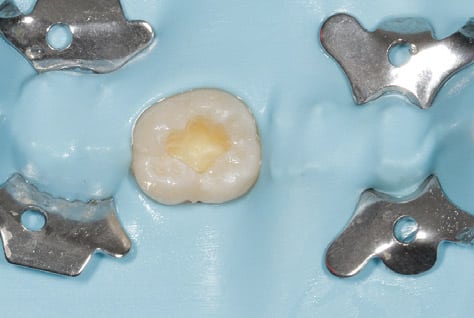
The one challenge dentists may encounter when using OMNICHROMA is that it’s difficult to achieve an ideal shade match when restorations get deeper or lack supporting tooth structure. This is because the material relies on the surrounding tissue structure to be able to shade match.
BLOCKER TECHNOLOGY
Enter OMNICHROMA BLOCKER and OMNICHROMA BLOCKER Flow, which were designed as supplementary materials to reduce possible light interference that may occur in large posterior restorations or class III and IV cases, as well as to mask dark dentition, conceal amalgam staining, or reconstruct a highly opaque tooth. When OMNICHROMA is cured, it is wholly reliant on structural color, whereas BLOCKER is more opaque and emulates the reddish-yellow color of a natural tooth.
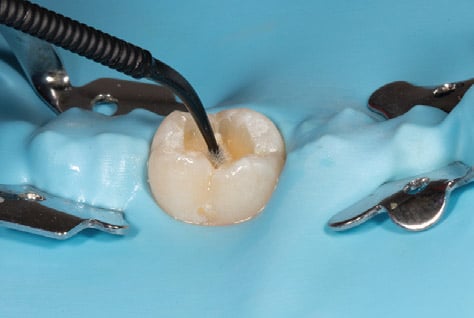
Both the packable and flowable BLOCKER formulas are intended to be placed underneath OMNICHROMA. They can be used to mask discolored teeth or deep restorations. Like traditional OMNICHROMA, BLOCKER offers exceptional compressive strength, wear and abrasion resistance, low polymerization shrinkage, and stain resistance. BLOCKER thickness depends on the case and desired outcome. When the tooth is more opaque, a slightly thicker layer is indicated. And, in instances of a more translucent tooth, a thinner layer should be used.
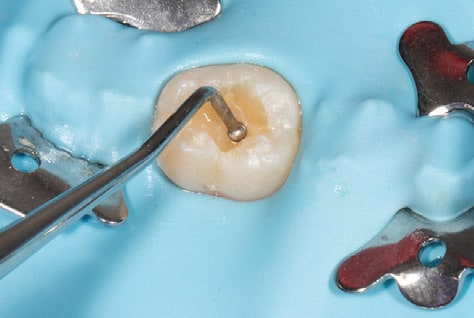
For posterior restorations, begin by preparing the tooth. A slight bevel may be used on the cavosurface margin to further facilitate shade matching. Then, when indicated, a 0.5- to 1-mm-thick layer of BLOCKER is applied to the floor of the restoration and cured. If nothing needs to be “blocked” out, only apply OMNICHROMA or OMNICHROMA Flow in 2 mm increments and cure. Polish.
The packable or flowable BLOCKER can be used in extensive anterior restorations — such as class III and IV cases — when remaining tooth structure is limited. The opacity derived from BLOCKER prevents reflection of the oral cavity’s dark background. To begin, prepare the tooth structure and add a bevel to help decrease margin visibility. Follow your bonding agent protocol. Next, apply BLOCKER as the lingual layer. Although thicknesses can vary, start with a 0.5 mm layer. Follow up by restoring with OMNICHROMA as the second and final layer and cure. Polish.
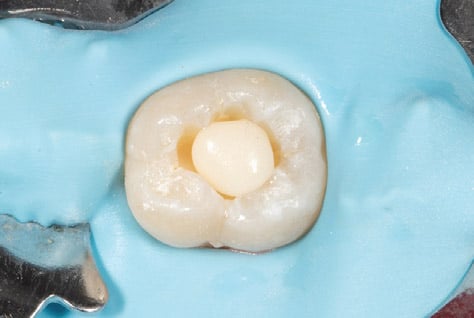
CONCLUSION
I prefer to use OMNICHROMA BLOCKER Flow in non-stress-bearing areas and the packable BLOCKER in stress-bearing regions, such as Class II cases.
Together, OMNICHROMA and OMNICHROMA BLOCKER provide the opportunity to simplify your practice without compromising the quality or physical properties of your composite restorations.
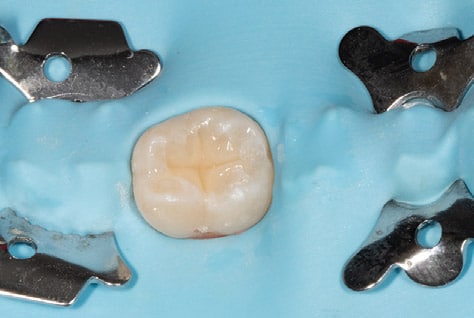
Tokuyama Dental America
877-378-3548
From Decisions in Dentistry. September 2022;8(9)22.


